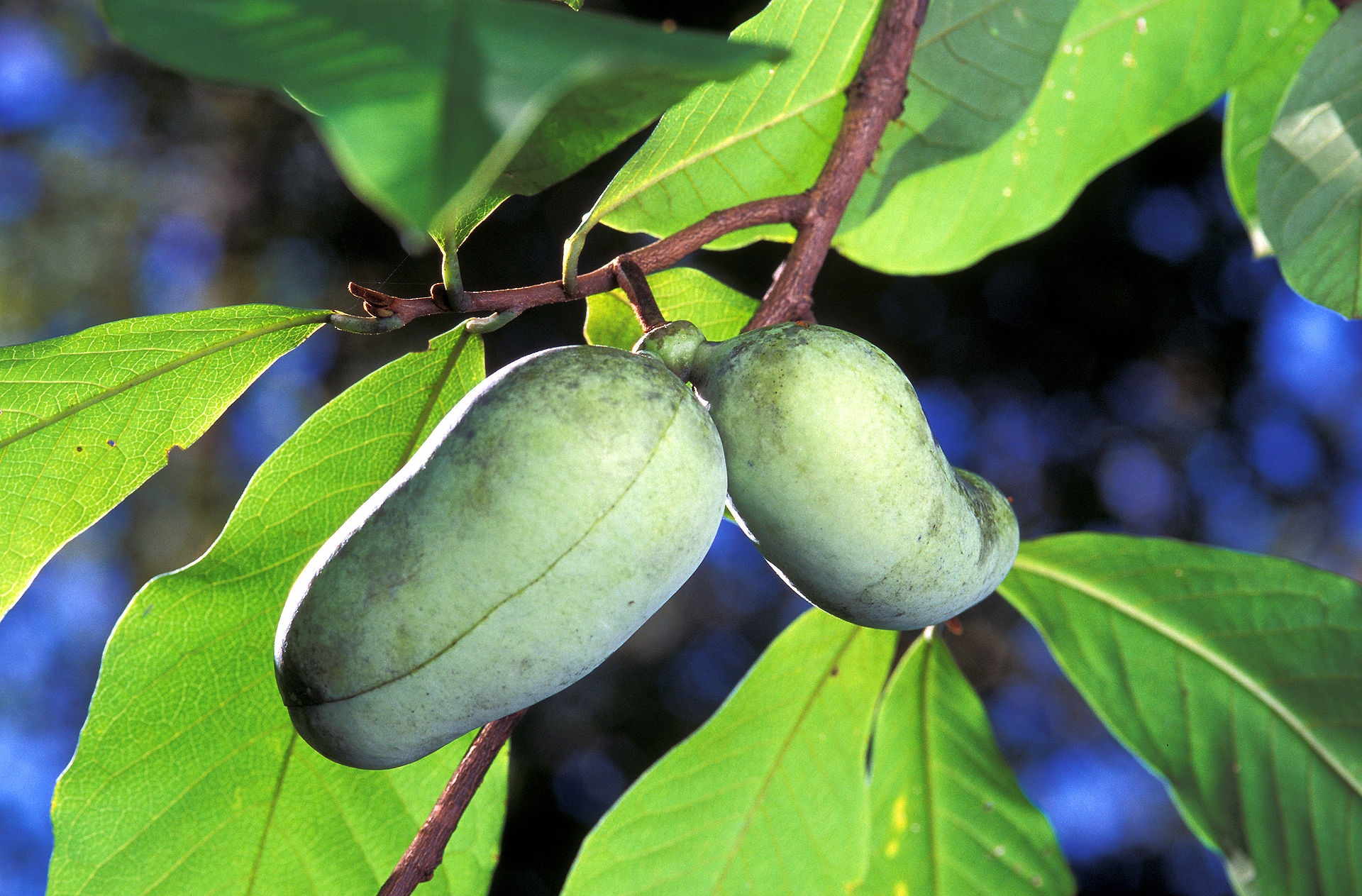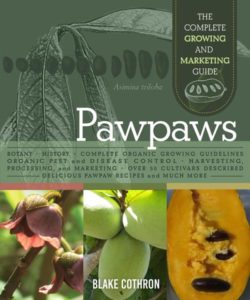
Jul 30, 2021
Do pawpaws pique your organic interest? – Editor’s letter
If you’re thinking and reading about quirky crops to possibly add to your farm market in the future, you may have stumbled upon pawpaws.
There are farms that grow them successfully. And now, there is a new book on the market about how to grow pawpaws organically.
Pawpaws: The Complete Growing and Marketing Guide, by Blake Cothron, is written “by and for the organic grower,” according to the website of New Society Publishers:
“Blake Cothron owns Peaceful Heritage Nursery, a 4-acre USDA Certified Organic research farm, orchard, and edible plant nursery. He shares his two decades of experience in organic agriculture and horticulture through magazine articles, public speaking engagements, and blogging. Blake lives with his wife and son in Kentucky.”
David Redhage, President and CEO of the Kerr Center for Sustainable Agriculture, has written a review of the book here.
So, apparently, you can grow pawpaws organically. But how do pawpaws work on a small farm and farm market?
Well, as it happens, Organic Grower’s sister magazine, Fruit Growers News, a couple of months ago profiled an interesting family with pawpaws on their small farm in the northeast. Steve and Sonya Cornish farm conventionally with Steve’s mom, Nancy Cornish, as a business partner.
Mostly, the farm grows blueberries, so Fruit Growers News didn’t get into the pawpaw angle much, but since I know the author of the article – OK, I’ll admit it, I was the author of the article – I can share that bit more of the story.
The small pawpaw orchard on the Rocky Point Blueberry Farm, Sonya Cornish said, is one of the only a few in the East.
“We get quite a lot of travelers that come from all over,” she said – customers come from Pennsylvania, New Jersey and New York. “We sell those in September through October.” On a typical day, the pawpaws sell out within 30 minutes.
The trees, which retail mail-order nursery Stark Bros calls “shade-loving understory trees that grow the largest edible fruit native to North America,” are quirky plants whose fruit ripens too quickly for most supermarket shelves.
“They are like a mango-pear flavor, and they ripen really soft, so kind of like banana texture, I would say,” Sonya said. “And they don’t last very long.”
The goal, as Nancy said, is to “sell them off of the tree” – the only other option is to scoop out the fruit and freeze it in bags.
The color turns before the flavor does.
“Literally overnight, they’ll turn completely brown,” Steve Cornish said. “And for pawpaws, that’s actually good. They’re much more sweet, but they look terrible. The people who are pawpaw connoisseurs, they’ll tell you, ‘No, that’s what you want.’ But everyone else (says), ‘No – I don’t want that.’ So you have to be very careful with the audience.”
Above: A pawpaw fruit on a tree. Photo: Scott Bauer, USDA ARS







